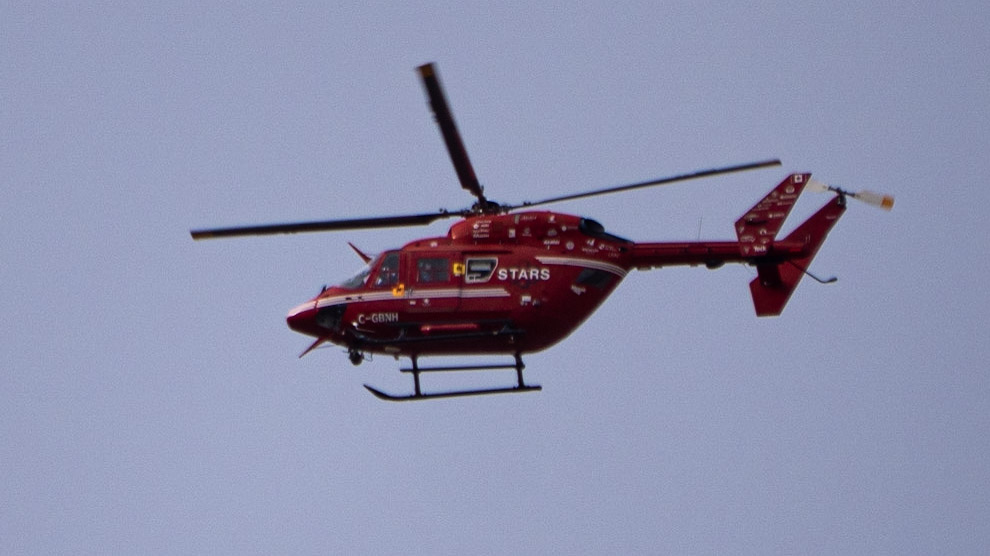It’s storm season in Alberta: How prepared are you?

Posted June 16, 2023 4:40 pm.
Last Updated June 16, 2023 7:38 pm.
The province has seen its fair share of emergency situations, from floods to wildfires and even tornadoes, but how prepared are Albertans for those unplanned events?
Environment and Climate Change Canada (ECCC) says there was a “tornado outbreak” in rural Alberta on Wednesday.
The ECCC says between 2:30 p.m. and 7:30 p.m. on Wednesday, nine twisters hopscotched between Calgary and Medicine Hat, and another was spotted near Vermillion in eastern Alberta.
However, it says all have been given a preliminary rating of EF-0, the lowest rating on the scale, with wind speeds of 105 to 135 kilometres per hour.
Experts say emergencies happen without warning, and while we may not be able to avoid them, they add you can lessen the impact by having a plan in place.
“Please don’t be fooled by the urban legends or old wives’ tales that tornadoes don’t happen in cities or that they don’t happen in the mountains,” said Sara Hoffman, a meteorologist with the ECCC.
“They can happen anywhere where the conditions are right. And yes, there certainly have been tornado warnings issued for Calgary, even in the past five years.”
Related Stories:
-
Environment Canada issues Tornado Warnings for parts of southern Alberta
-
Environment Canada says 10 tornadoes confirmed in Alberta during Wednesday storm
-
Tornado touches down in field northeast of Calgary
Sue Henry, chief of the Calgary Emergency Management Agency, says it’s essential to find the right place to go when at home when there is a tornado warning.
“The best place to go is down into the basement, where you’re away from windows, and you’ve got a little bit of protection if you don’t have a basement,” she told CityNews.
“Pick a hallway or a closet, or a bathroom that will provide you that protection. So it’s really about talking about those things ahead of time so that if it does happen very quickly you already have a plan in place.”
Meanwhile, wildfires have caused thousands of Albertans to evacuate their homes this year.
Watch: Climate experts warn about links between wildfires and climate
Carol Henke, public information officer with the Calgary Fire Department, says that having that kit ready and along with documents and valuables, will make your emergency exit far more manageable.
“Emergencies can actually overlap. So, when you have a significant wind event or a significant weather event that can create excessive rainfall, precipitation can also create power outages,” she said.
“All of those different types of emergencies overlap, so having a 72-hour emergency kit.”
Related Stories:
-
Thousands allowed back home, but officials say wildfires still leaving many displaced
-
South African firefighters arrive in Edmonton
-
Town of Edson and Yellowhead County lift evacuation orders
Here in Calgary, torrential downpours and golf ball-sized hail are pretty common during the summer months.
The skies can turn from blue to black instantly, and we’re quite often running for cover. However, ECCC says it’s not the rain or even the hail that we should be worried about.
“Every thunderstorm has lightning, and lightning kills on average 10 Canadians a year. And I think folks sometimes think, ‘Well, there’s no severe thunderstorm warning out for this thunderstorm,'” Hoffman said.
“It’s not a risk, but every thunderstorm, by its nature, has lightning, so if you can hear some thunder, you’re within striking distance of lightning, and it’s time to get into a well-constructed building.”
-With files from The Canadian Press








